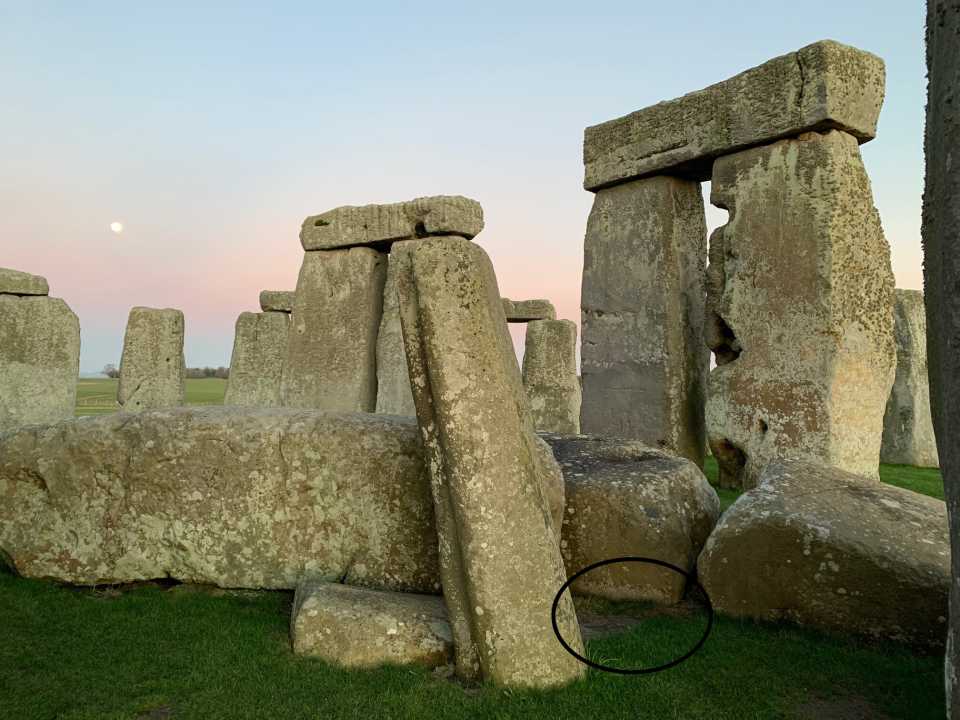News
New Findings Reveal Stonehenge’s Surprising Origins

New research has uncovered that the famous Altar Stone at Stonehenge actually came from the far north of Scotland, challenging previous beliefs that it originated from south-west Wales.
This new finding highlights how the construction of Stonehenge was a more collaborative project than scientists had thought. It indicates that ancient Britons were more connected and organized than previously assumed.
The Altar Stone weighs a whopping six tons and is believed to have been transported over a distance of about 700 kilometers (434 miles) to reach its destination near Salisbury, in south-west England.
Leading the research was Anthony Clarke, a PhD student from Wales, who is currently working at Curtin University in Australia. He humorously noted how this discovery might not sit well with his fellow Welshmen.
While the Altar Stone has Scottish roots, many other stones at the site, known as bluestones, still come from Wales. Clarke pointed out that this reinforces the idea that Stonehenge was built through a united effort from across Great Britain.
The bluestones were identified as originating from the Preseli hills in Pembrokeshire as far back as 1923. However, the Altar Stone’s origins remained a mystery until recent studies began to question where it came from.
Researchers used advanced mineral composition analysis techniques to determine the stone’s unique geological fingerprint, ultimately leading to the discovery of its Scottish origin.
Dr. Robert Ixer, from University College London, expressed his surprise at the results. He noted that moving such a large stone from northern Scotland would have been a monumental challenge, prompting crucial questions about how it was accomplished and the motivations behind it.
The Altar Stone is crucial to Stonehenge because it marks key celestial alignments, susurrating with importance in prehistoric rituals. This makes understanding its origins all the more significant.
Archaeologists are now eager to explore how these findings may reshape our understanding of Neolithic communities in Britain and their transport methods. The implication is clear: the people of the time must have had advanced knowledge and collaboration to achieve such a feat.
The discovery is also likely to reframe views on maritime technology during the Neolithic period, as transporting the stone over such a great distance would have been a significant undertaking.












